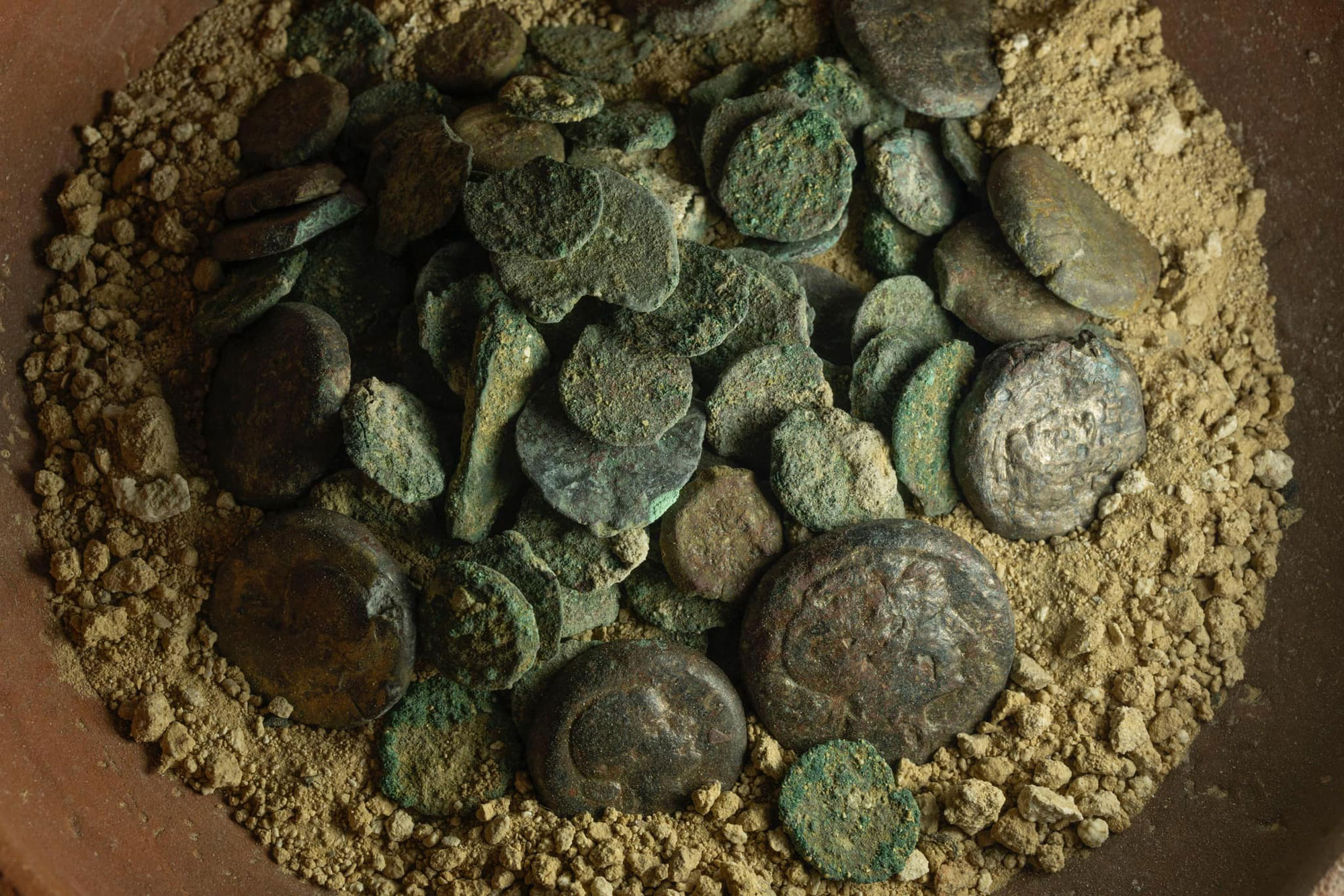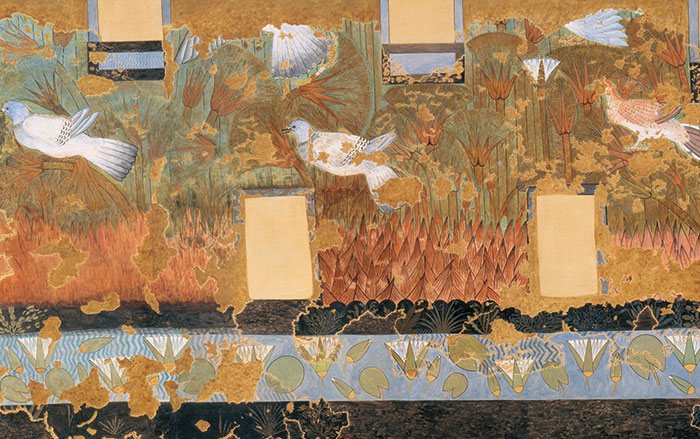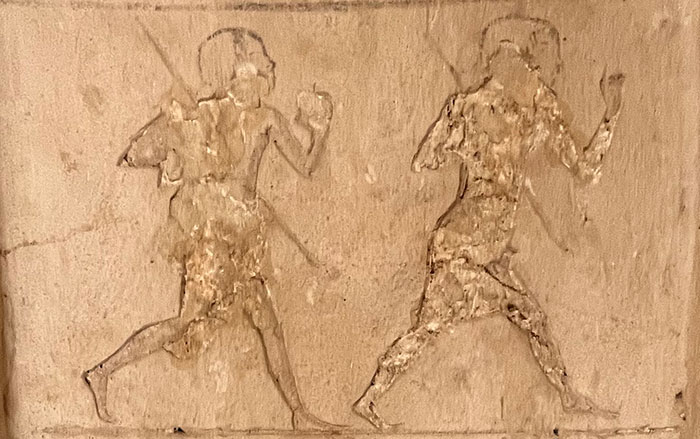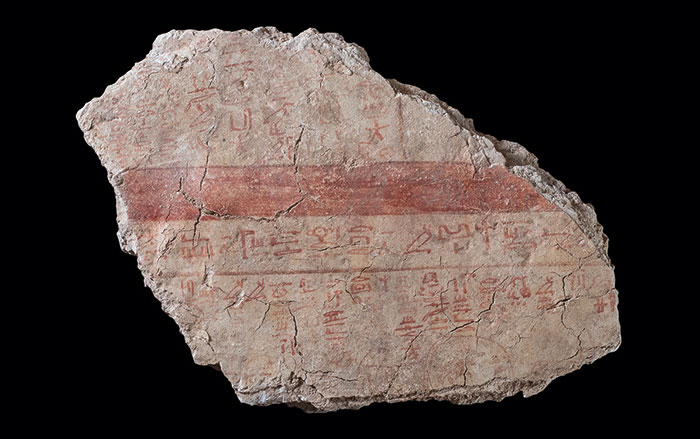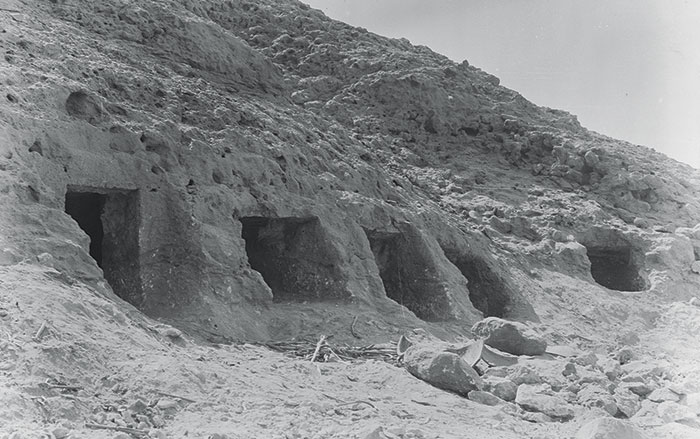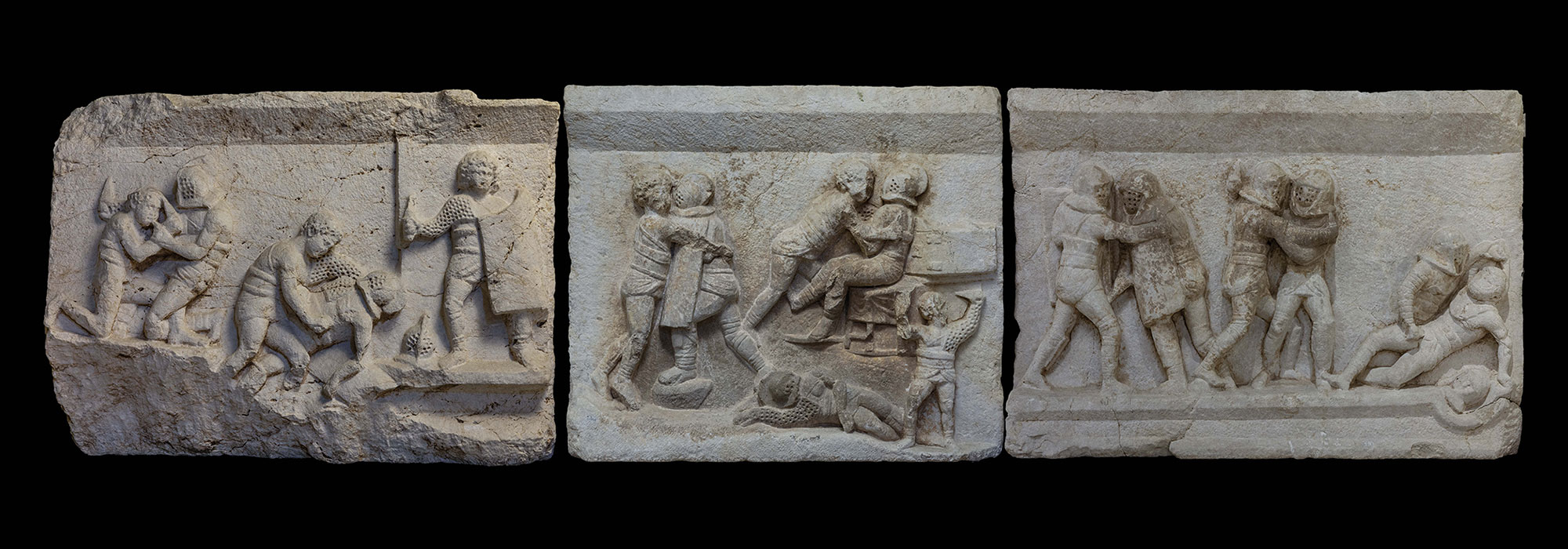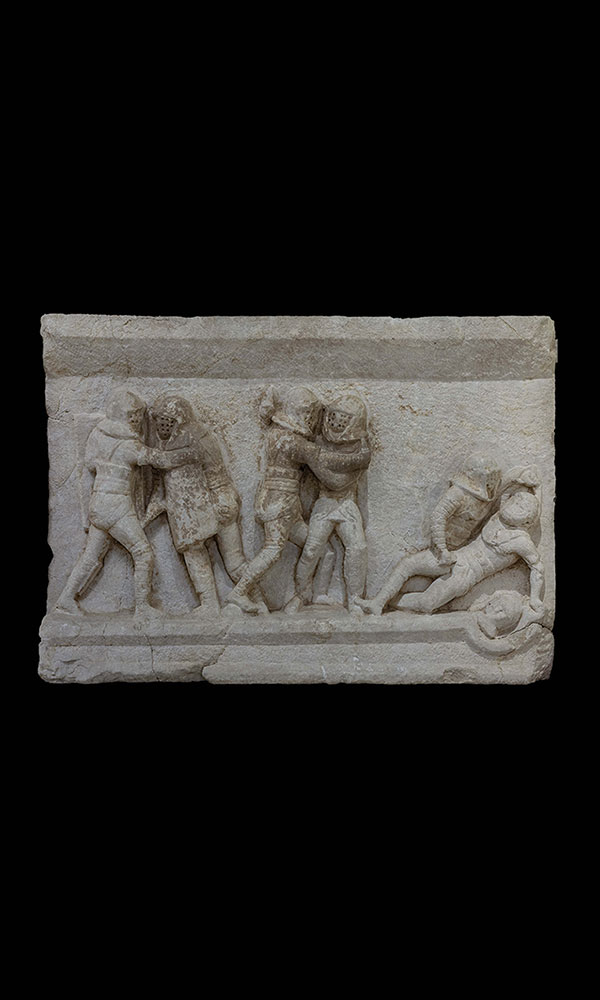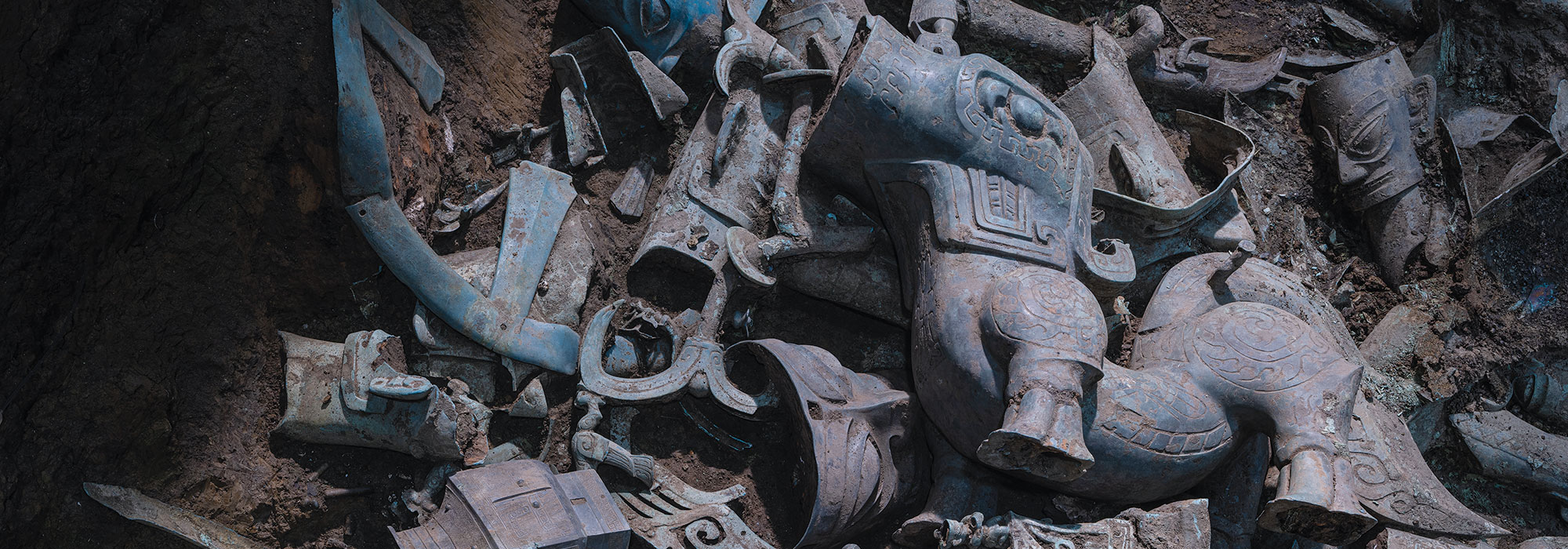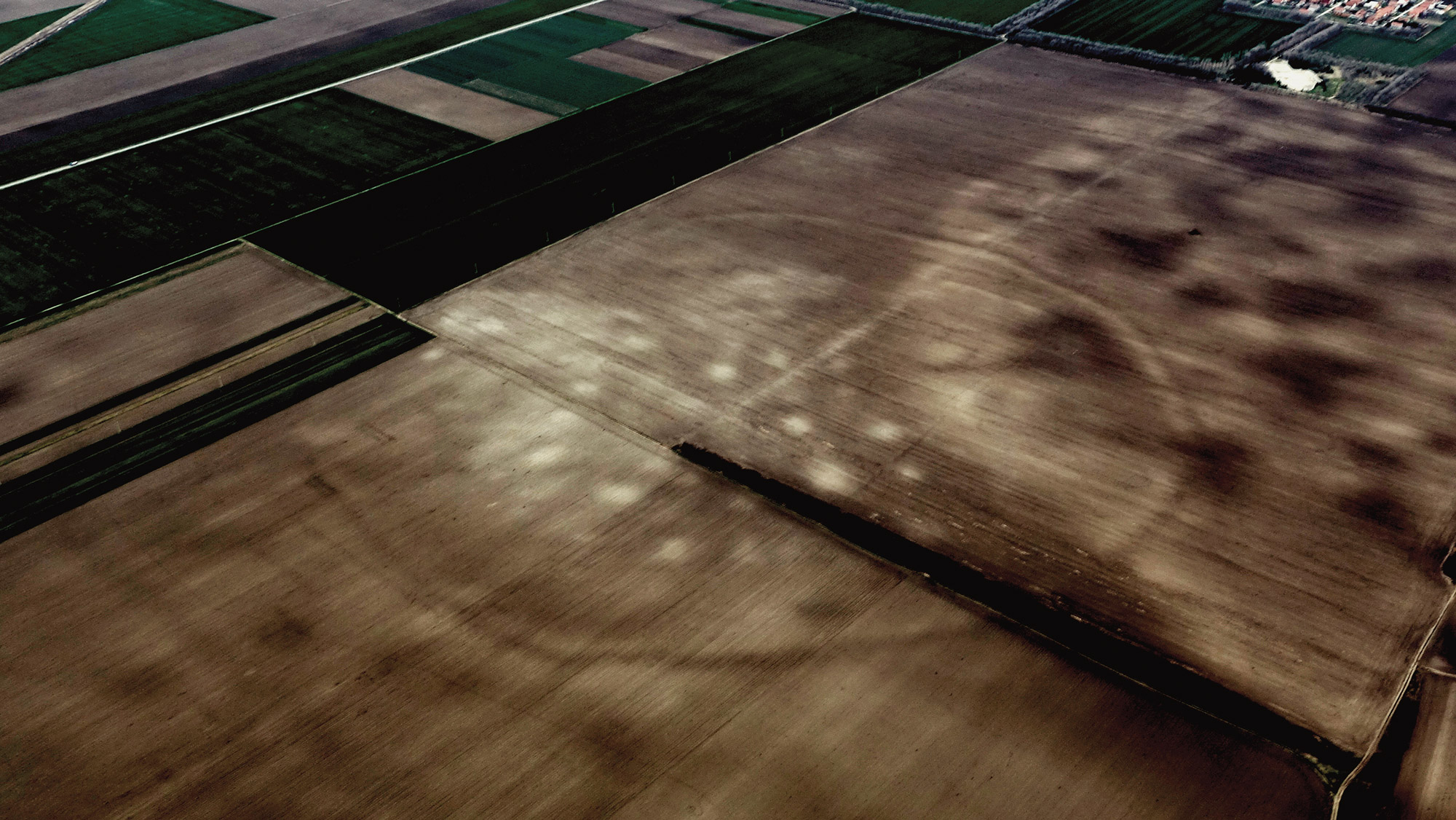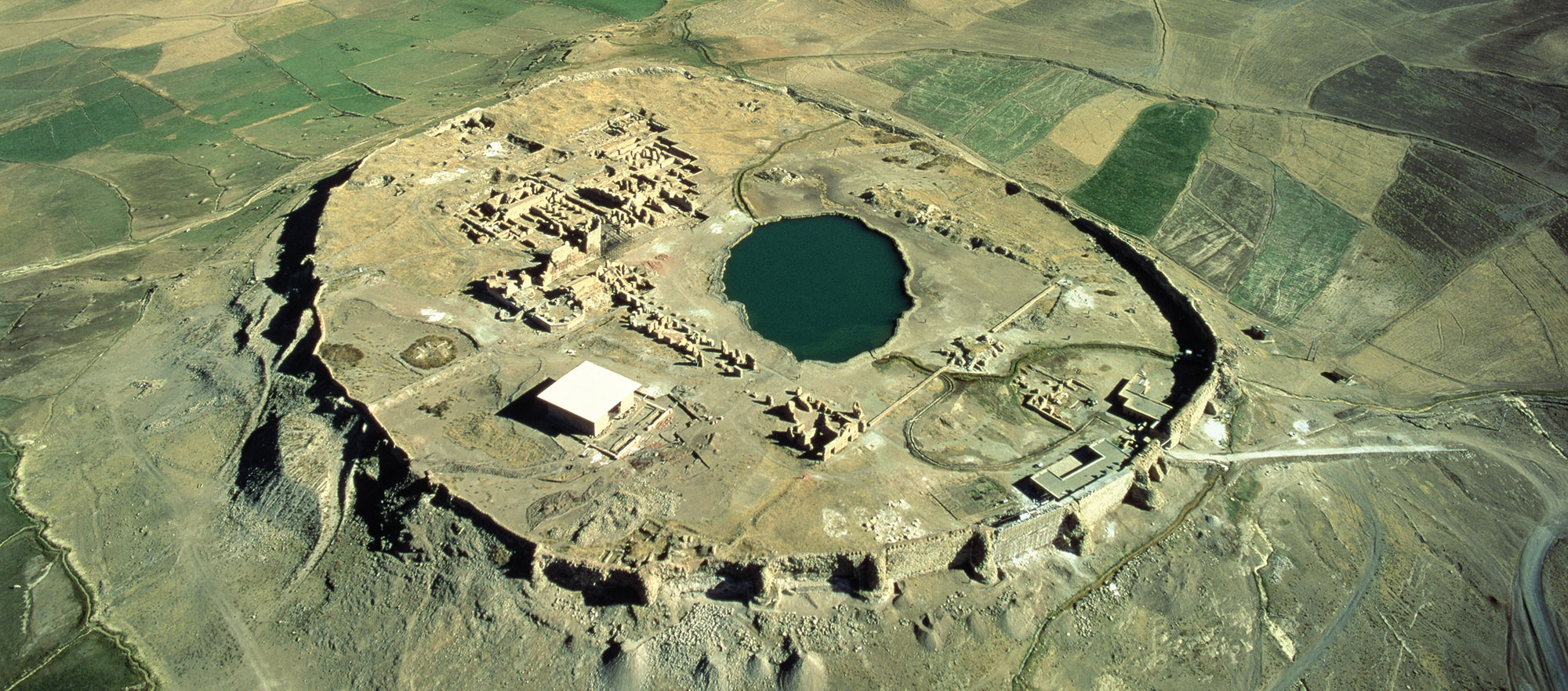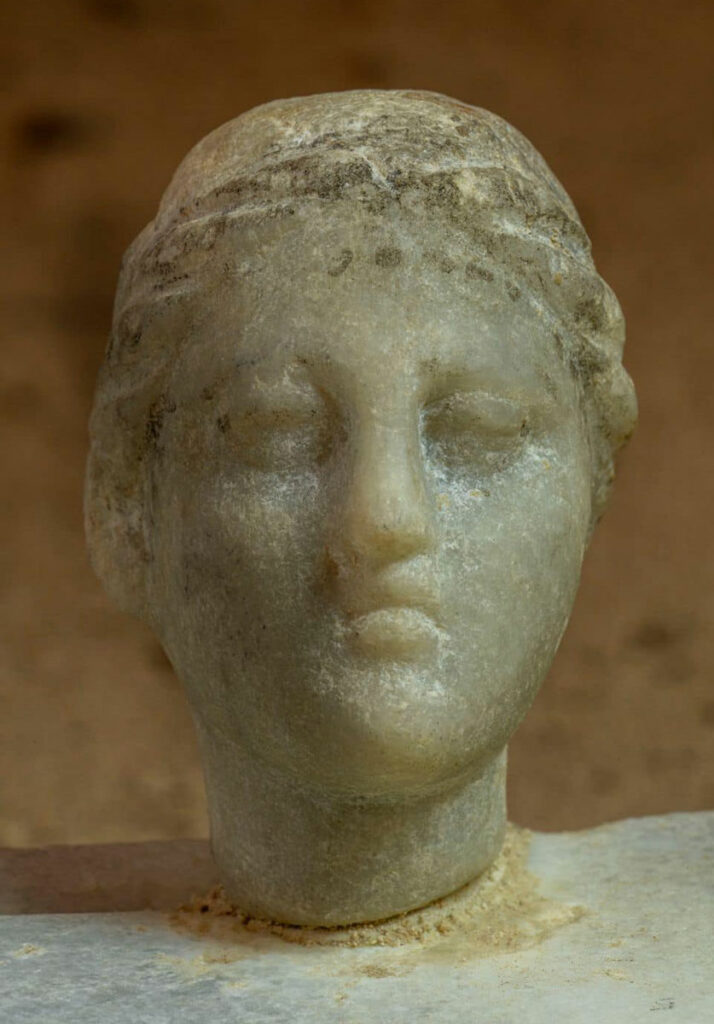
ALEXANDRIA, EGYPT—According to an Ahram Online report, a team of Egyptian and Dominican archaeologists led by Kathleen Martinez of Pedro Henríquez Ureña National University has revealed a foundation deposit on the southern side of the enclosure wall of the temple complex of Taposiris Magna. The deposit contained miniature pottery jars, oil lamps, fragments of marble and quartzite, bronze figurines, iron tools, beads, glass vessels, and a scarab inscribed with the text, “The justice of Ra has arisen.” A white marble statuette of a royal woman wearing a diadem was also recovered. Martinez suggests that this figure may depict Cleopatra VII (reigned 51–30 b.c.). “However, this theory has sparked scholarly debate,” said Mohamed Ismail Khaled, Secretary General of the Supreme Council of Antiquities. “Experts argue that the facial features of the marble statuette differ significantly from known representations of Cleopatra VII, casting doubt on this identification,” he added. A limestone bust of a king wearing the Nemes, the distinctive striped headdress worn by pharaohs, was also found. More than 300 coins and ceramics in the deposit have been dated to the late Ptolemaic period, and the construction of the temple dates to the first century B.C. To read about Greco-Roman tombs uncovered at Taposiris Magna, go to "Around the World: Egypt."


